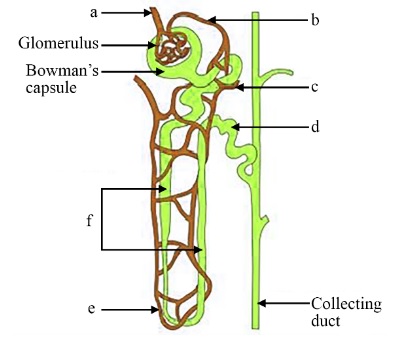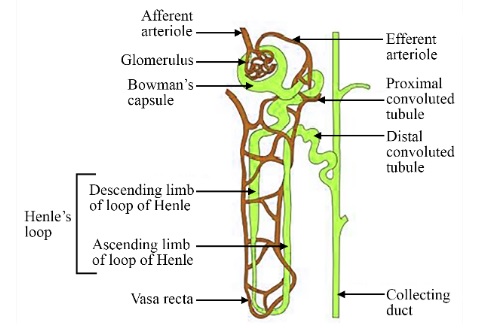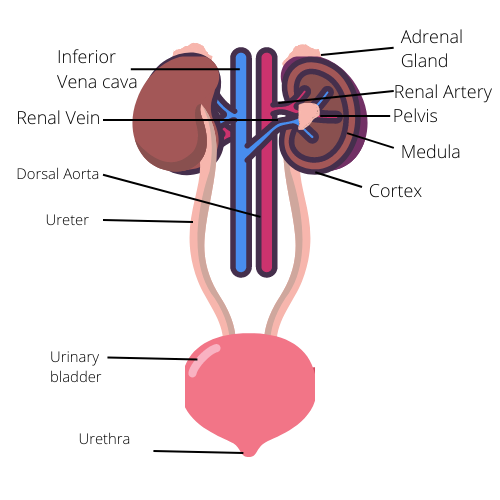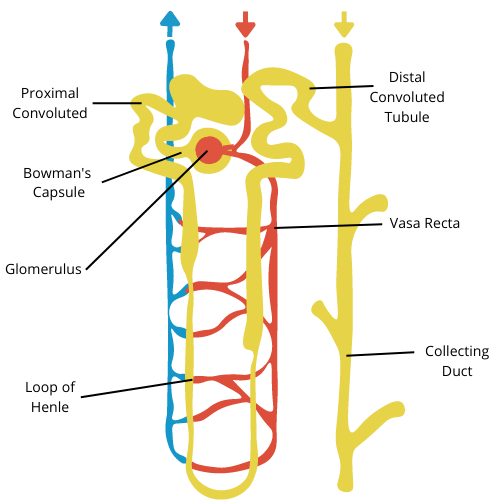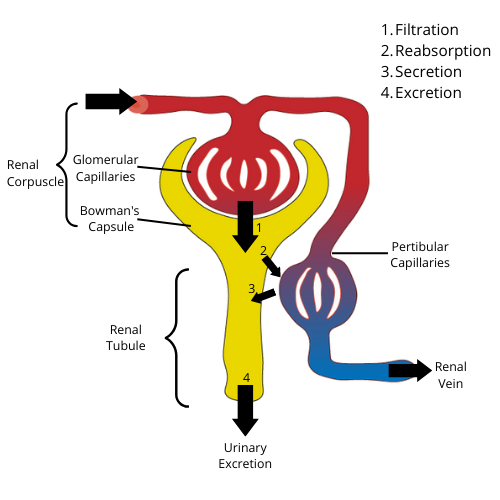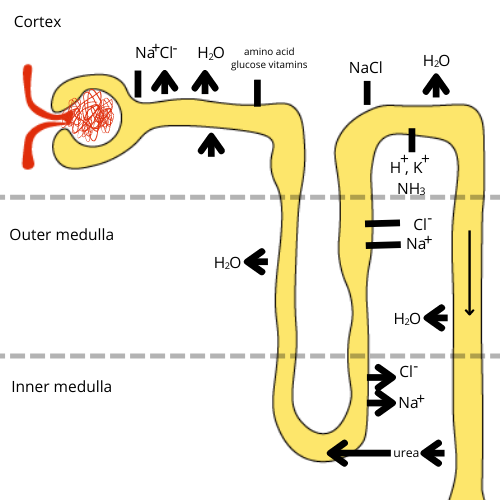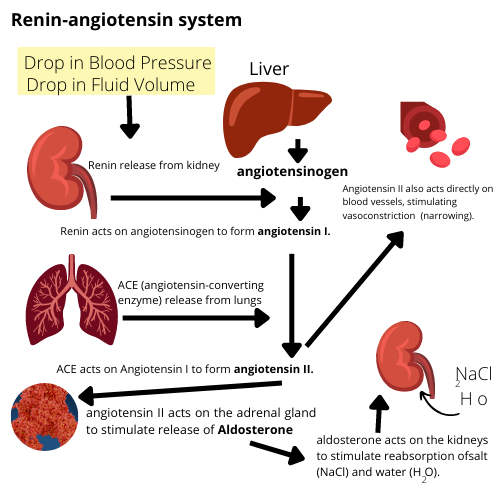Biology Notes for Chapter 16 Excretory Products and Their Elimination Class 11 - FREE PDF Download
FAQs on Excretory Products and Their Elimination Class 11 Biology Chapter 16 CBSE Notes - 2025-26
1. What are the key points students should revise for Chapter 16 Excretory Products and Their Elimination in Class 11 Biology?
For quick revision, students should focus on:
- Structure of the human excretory system, including the kidneys, nephrons, and their parts
- Major steps of urine formation: glomerular filtration, tubular reabsorption, and tubular secretion
- Counter-current mechanism in Henle’s loop and vasa recta
- Hormonal regulation of kidney function, including roles of ADH and aldosterone
- Types and significance of excretory products (ammonia, urea, uric acid)
2. How can concept maps help in revising Excretory Products and Their Elimination for Class 11?
Concept maps help by visually linking major topics such as excretory organs, processes of urine formation, regulation, and disorders. Creating a concept map allows students to see connections between concepts, making last-minute revision more effective and helping to recall information during exams.
3. What is the best order to revise the core topics in this chapter for maximum retention?
For effective revision, follow this order:
- Start with excretory products and their types
- Study comparative excretory structures in various organisms
- Move to human excretory system structure (including labeled diagrams)
- Revise urine formation steps in detail
- Understand the counter-current mechanism
- Review hormonal and neural regulation
- Finish with common excretory system disorders and function of accessory excretory organs
4. How can bullet-point summaries aid in revising important concepts of Chapter 16?
Bullet-point summaries break down complex processes into concise steps and definitions. This format makes it easier to review, spot key terms, and remember critical facts for the CBSE exam. Use bullet-point notes especially for metabolic pathways, hormone action, and disease mechanisms.
5. What are the most common revision mistakes made by students for Excretory Products and Their Elimination?
Common mistakes include:
- Neglecting labeled diagrams of the nephron and human kidney
- Memorising without understanding the sequence of urine formation
- Overlooking the counter-current mechanism and its importance
- Confusing roles of ADH and aldosterone in regulation
- Not differentiating between ammonia, urea, and uric acid excretion in various animals
6. Why is the counter-current mechanism essential in the context of Class 11 Biology revision notes?
The counter-current mechanism in the kidney enables the body to produce concentrated urine, conserving water—an important survival adaptation. It is often tested in exams and reflects integration of structural and functional understanding, making it crucial for both quick revision and conceptual clarity.
7. How do the revision notes connect the excretory system with overall body homeostasis?
Revision notes highlight that the excretory system removes metabolic wastes and regulates water, salt, and pH balance. By controlling these factors, kidneys and accessory excretory organs help maintain homeostasis, ensuring a stable internal environment necessary for cellular functions.
8. What revision strategies are most effective for mastering the regulation of kidney function?
Effective strategies include:
- Drawing flowcharts for hormonal regulation (ADH, RAAS, ANF)
- Listing each hormone’s role in bullet form
- Solving previous years’ short-answer questions on regulatory mechanisms
- Using mnemonics for sequence of enzyme/hormone actions
9. How should students approach revising excretory system disorders for exams?
Categorise disorders (e.g., glomerulonephritis, uremia, renal calculi) and write short notes on their causes, symptoms, and treatment. Use tables or charts to summarise for rapid review before tests.
10. What types of quick self-tests can reinforce learning from revision notes in this chapter?
After revision, test yourself by:
- Labeling diagrams from memory
- Writing step-wise processes for urine formation
- Comparing types of nitrogenous wastes with examples
- Explaining the impact of a blocked ADH pathway in one or two lines


























